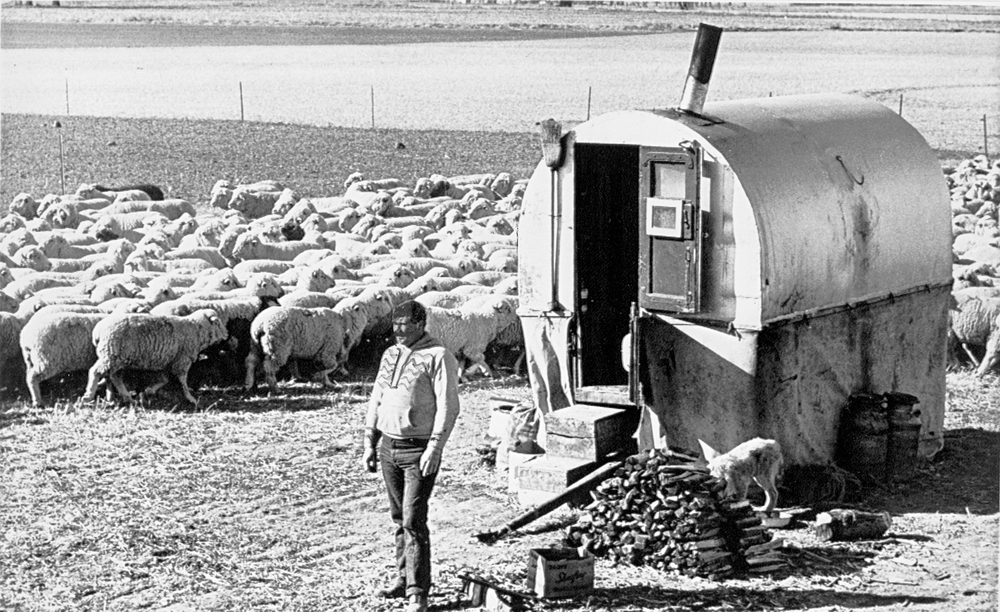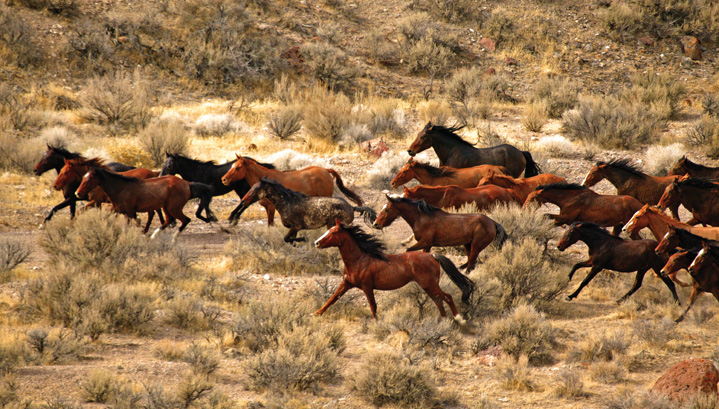I have often complained about the lack on interesting roads out of Reno for any direction except West. If you are heading to California, there are any number of great routes which offer interesting and varied scenery as well as some history along the way. Otherwise you are doomed to a pretty boring ride though mostly unchanging desert landscapes that you would be hard pressed to distinguish between. But enough complaining already. I mostly criticize negative thinking and often chastise Mrs Hansford for her lack of a more positive outlook. My hope is that she will find some activity in retirement that she can become passionate about pursuing but so far no luck.
I did think at one point that I might be over critical in this respect so I decided that I would keep a daily dairy of events and note whenever she made a comment that I could construe as positive. I started this exercise at the beginning of summer on May first but so far have not had the occasion to make any entries. She did say toward the middle of September that, "I hope our granddaughter's new contact lens worked out for her". I think that was as positive as I got.
So no more whining.
I have been looking forward to taking a trip up to visit with my old friends from Alaska days, Donn and Karen Wonnell at their home just outside Sun Valley, Idaho. I had not seen them for a couple of years since I stopped by on my way up to Canada in 2012. I will be interested in learning how they and their families are doing. I am also hoping to enjoy the ride as well but have some doubts about seeing anything new or diverting since I have already covered all of the route choices several times before.
However, a couple of new areas are possibilities. One is the eastern side of my own County in Nevada, Washoe. Almost all the population of the county in in the extreme southern part around Reno and Sparks and is transited by the extremely busy Interstate 80 highway. The norther part of the county is almost devoid of people with only the very small town of Gerlach (population in 2010, 210) as the only settlement. The rest of the area is occupied by ranchers, Native Americans and wild horses.
On a ride in July of 2012 which I did not blog, I took the pavement from Reno up to Gerlach where the gravel begins just north of town and continues all the way to the border with Oregon. In fact there is only one paved road in the 80% of the county outside the Reno/Sparks area and that only transits the northeast corner from southern Oregon into neighboring Humbolt County, Nevada. On that occasion I stayed on the western side before crossing over to the small boarder hamlet of Denio in Humbolt County. Once in Oregon, I had hoped to spend the night in the very small village of Frenchglen which had the only overnight accommodations for many miles in any direction. This southeastern part of Oregon is nearly as unpopulated as Nevada. I got lost and ended up spending several more hours on very rural gravel roads before finally finding a place for the night in Jordan Valley, OR right on the border with Idaho.
There is one exception to this population description. For a little less than one week per year, northern Washoe county is the location of the 4th or 5th largest town in Nevada.
 |
| 2012 Ride to Canada Day One |
In planning this year's ride, I thought about taking a different route north from Gerlach which covers the eastern part of Washoe County. However after a lot of looking at the maps and Internet posts, I decided that the county I would see was unlikely to be much, if any, different from the ride a couple of years before. I also thought about taking Interstate 80 east to Wells, Nevada and then north through Twin Falls, Idaho and then on to Ketchum. Since I had covered all of I80 just a month before when coming home from the 2014 Canada trip, I was not anxious to retrace that route in the opposite direction. All in all, it seemed the best choice was to just bit the bullet and take I80 east to Winnemecca, NV and then US95 north to Oregon and on to Boise, Idaho. But taking into account the limited options for overnight accommodations, I did something which I normally try to avoid when on a ride. That is making advance reservations. Normally, I like to just take my chances on finding an available room in whatever location I find myself at the end of the day. I like the freedom of not having to follow an itinerary and it also allow me to explore anything of interest along the way without worry about missing a reservation. It is also a safety issue with me. I believe that many bike accidents happen when the rider is tired or distracted. Rather than always having to make a certain destination every day, taking pot luck of available hotels, allows me to quit early if I am finding myself getting tired or distracted. By and large, maintaining this freedom has worked out for me but there have been a handful of times when I have found myself in a location without a single available room. Sometimes that is a real problem and means that I will have to try the next town which can be quite a distance away, particularly in the American and Canadian West where motels can be pretty widely spaced.
In this case, if I made it to Boise the first day, I was sure there would be no problem since that was a town of some half a million with plenty of accommodations. But that would mean a ride of about 450 miles which was more that I really like to do in a day and to do that much on the first day means that you are going to start the trip tired. From earlier experience however I knew that not making it that far meant that the options were very limited, in fact, limited to one. that was to stay the night in Jordan Valley again and offered only two hotels with very limited rooms. In 2012 I had first tried a small Restaurant & Inn allied the Old Basque Inn. They had no rooms available that night but I did have a reasonable evening meal there. I called the Inn and made a reservation. So the first day's schedule was set. Maybe not the most interesting or exciting ride but one that should be uneventful. And sometimes that's good.
It was not surprising to me that both Jordan Valley spots carried the Basque name.
 |
| A Basque shepard and his wagon in Eastern Oregon |
I suspect that some of you who are not from this part of North America are wondering a bit about my earlier reference to Northern Washoe County hosting the 4th or 5th largest city in Nevada for one week per year. It is the Burning Man Festival held each year in the harsh and unforgiving Black Rock Desert National Conservation Area just beyond the town of Gerlach. For those of you who know of the event, no explanation is necessary, for those of you who do not, no explanation is possible, at least not here and not now.
 |
| Black Rock City is composed of campsites around a central "Burning Man" sculpture |
week of celebration of the extremes of human creativity and behavior. The festival lasts for one week and ends on the first Monday in September. On Saturday night, a newly created structure made in the form of a man is burned to the ground. Click on the map link above and see the exact location of Burning Man City.
Wikipedia Burning Man
Burning Man 2014 Slide Show
The Black Rock Desert is controlled by the Federal Bureau of Land Management. While the BLM is widely disposed in the west for what are often characterized as restrictive land-use practices, in this case, they require the organizers of Burning Man to post significant bonds to guarantee that the desert will be returned to its original pristine condition when all the "burners" leave. This tradition of leaving no mark on the land has become one of the hallmarks of the festival. No permanent structures are permitted and all debris must be removed with the site completely restored.


No comments:
Post a Comment